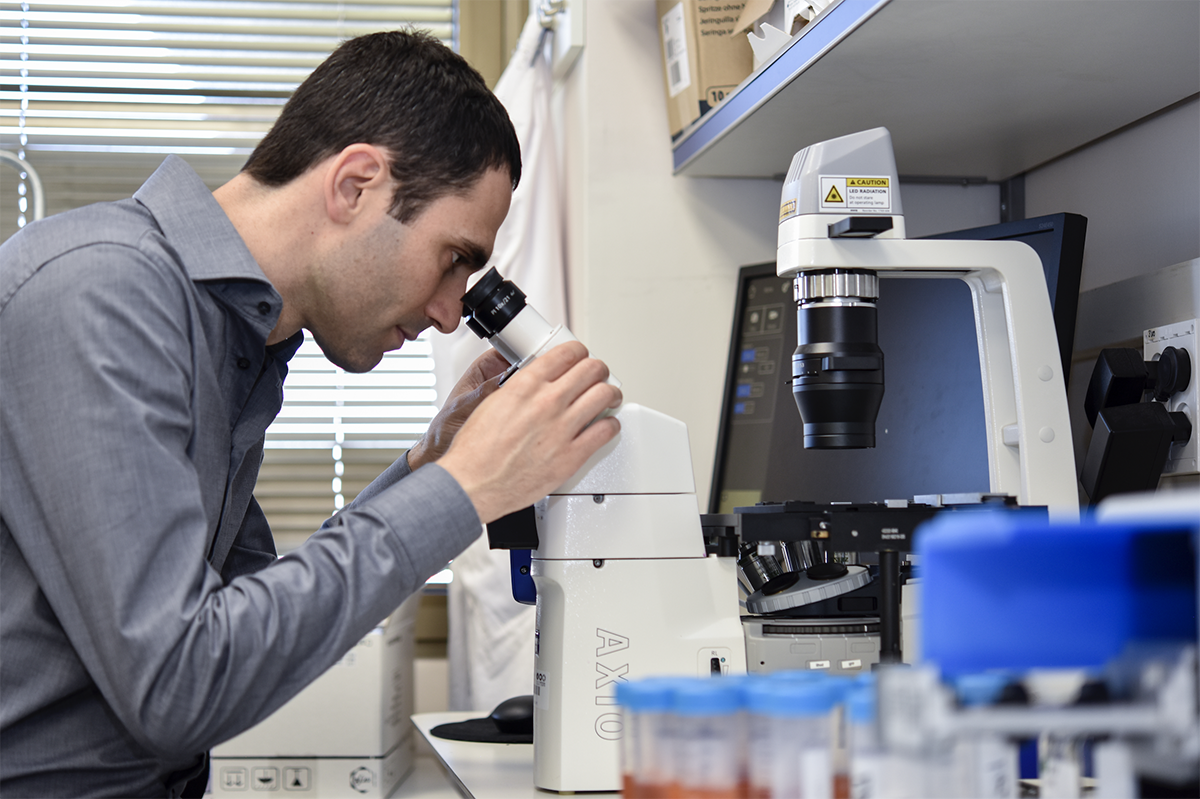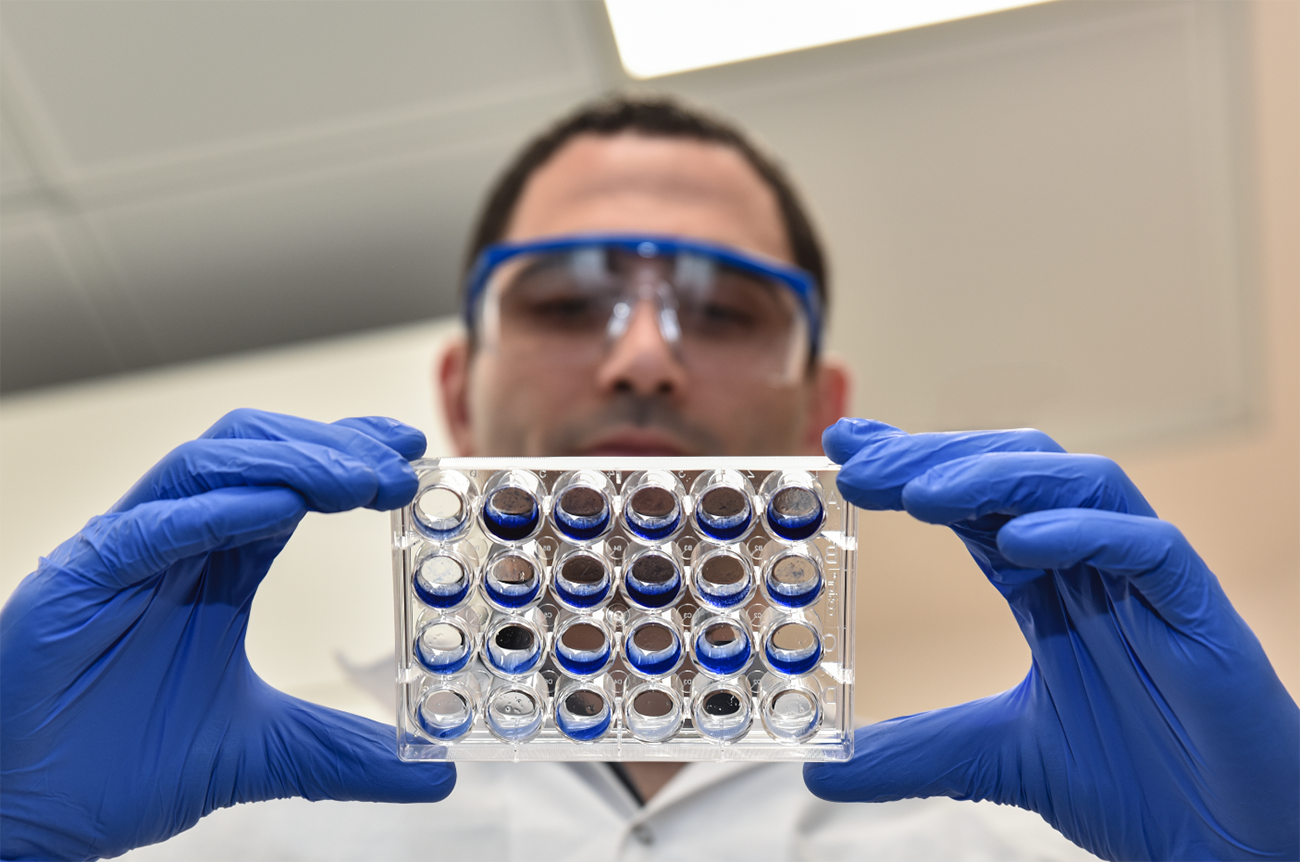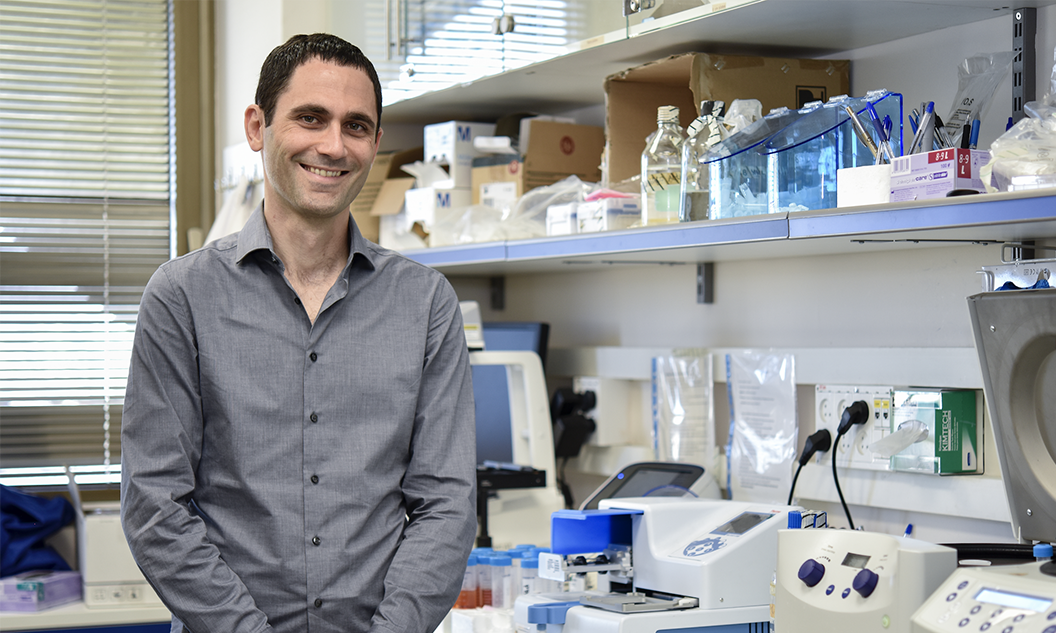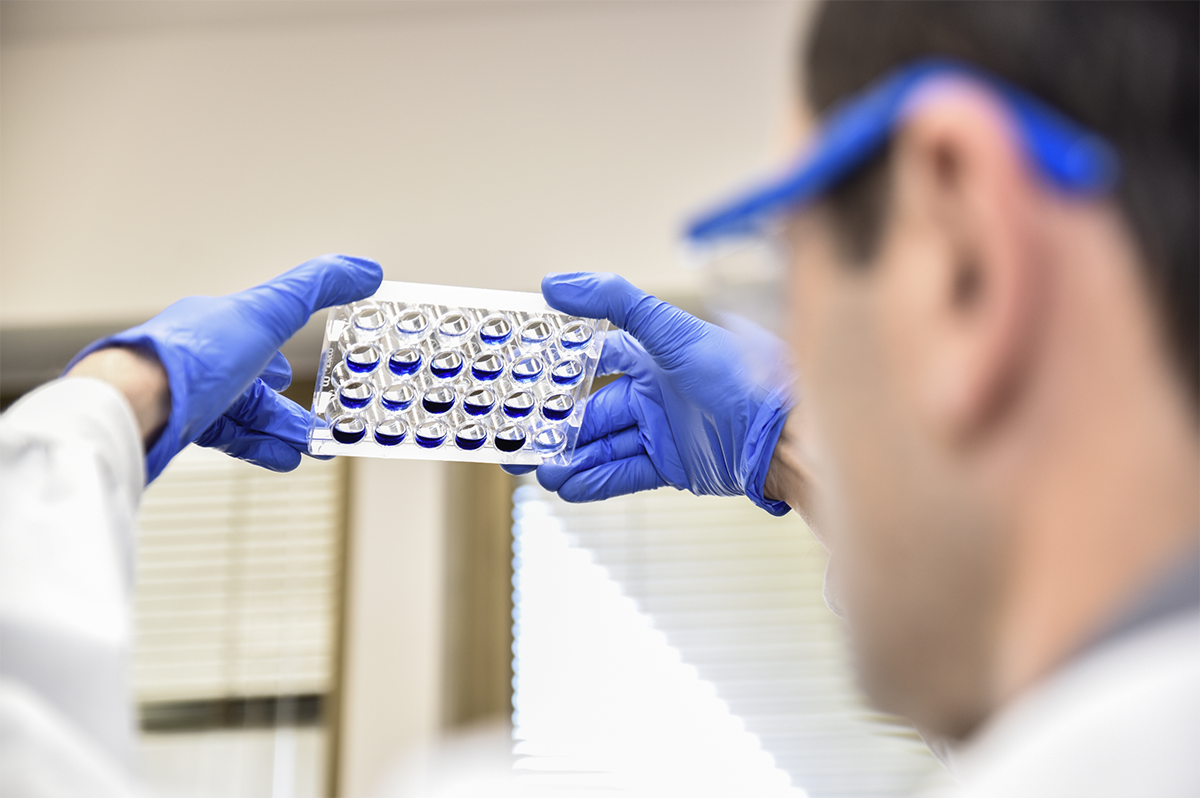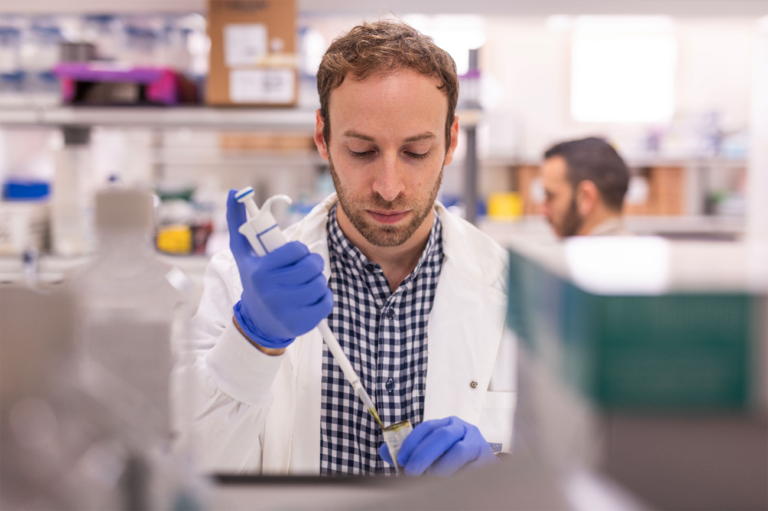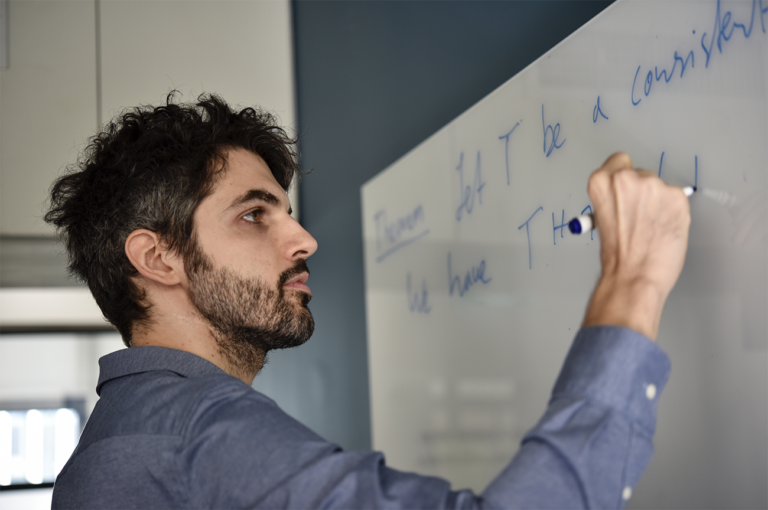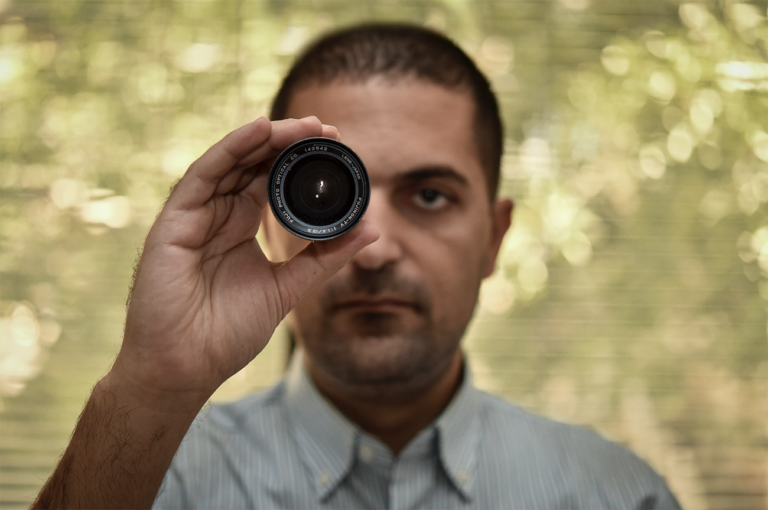In the early 1900s, Theodor Boveri, the renowned German zoologist and anatomist, was studying sea urchin eggs under a microscope when he noticed something strange. Boveri — who today is considered the father of modern cytology, or cell biology — was mainly interested in the process by which healthy cells divide. But he noticed that some cells within his sea urchin samples divided abnormally, without the beautiful symmetry he had observed in healthy tissue.
A sea urchin cell has 42 chromosomes, each a thread-like structure containing a single DNA molecule (although Boveri wouldn’t have known this at the time). Before cell division, Boveri saw that each cell would create a complete copy of its chromosomal set, doubling the number to 84. When the cell divided, the new 84-piece set would then be shared evenly among the two daughter cells, so that each would have 42 chromosomes, just like the parent. But occasionally, the process got scrambled. A parent might divide into two misaligned daughters, perhaps one with 41 chromosomes and the other with 43. These cells, in turn, would divide unevenly again — and then again and again — giving rise to abnormal progeny. What’s more, these abnormal cells, with their uneven assortments of chromosomes, closely resembled cancer tissue.
Boveri didn’t have the scientific vocabulary to describe what he was seeing, but he intuited its significance. In his 1914 book, Concerning the Origin of Malignant Tumours, he theorized that chromosomal irregularity, a condition that scientists now call aneuploidy, was an essential characteristic of cancer. The theory held up: today, researchers estimate that in humans 90 per cent of solid cancers and 70 per cent of blood cancers are made up of aneuploid cells. (A healthy — that is, non-aneuploid, or, to use the technical term, euploid — human cell has 46 chromosomes. A human cell with any other number is aneuploid.)
Boveri was far ahead of his time — too far, in fact, to fully explore the implications of his theory. In a world without computer modelling or DNA sequencing, he and his contemporaries had few means with which to study aneuploidy or its effects on cell physiology. (The science of genetics was still in its infancy. Boveri was himself a pioneer in the field.) And so, from a therapeutic standpoint, his observations about cancer and aneuploidy remained more novel than meaningful. They raised tantalizing questions but didn’t point the way toward a cancer cure.
